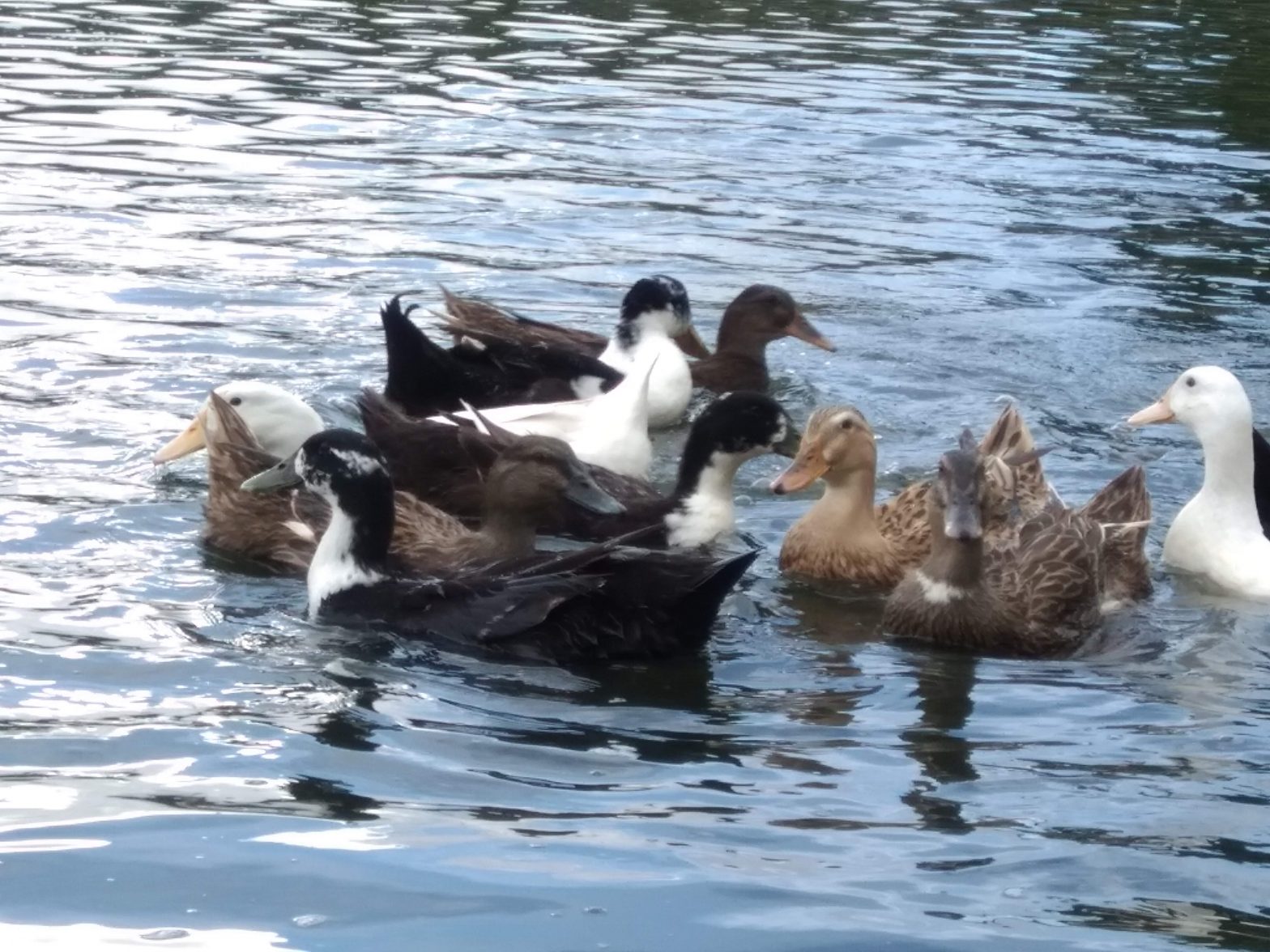Kathmandu (Rastriya Samachar Samiti): The number of waterfowl in Nepal is declining. According to the preliminary data of the waterfowl census, the number of waterfowl has decreased this year.
The number of water birds has decreased in Koshi river, Jagdishpur Ramsar area, Chitwan, Karnali river and Badaiya lake area. Conservationists say declining wetland areas, increasing use of chemical fertilizers in agriculture, poaching of birds, and climate change have added to the challenges to waterfowl conservation.
Experts have also suggested that conservation measures should be taken in time, citing the declining species and numbers of waterfowl, which are seen as indicators of wetland areas.
According to the 2021 census, 19,544 waterfowl of 62 species have been recorded in the Koshi River. According to Koshi Bird Society president Sanjeev Acharya, 21,744 waterfowl of 58 species were recorded in Koshi in 2019 and 16,012 waterfowl of 61 species in 2020.
Similarly, 15,496 water birds were recorded in the Jagdishpur Ramsar area last year and only 12,476 have been counted this year, said Deubahadur Rana, a biologist at the Nepal Bird Conservation Association.
Chairman of the Bird Education Society Ramesh Chaudhary said that the number of water bird species has decreased in Chitwan this year as well. Chairman of the Bardiya Nature Club Ram Shahi said that the number of birds in the Karnali River and Badaiya Lake areas is less than in the past.
The waterfowl were counted to find out the details and status of the native and migratory birds in the wetland area and to update the numbers during this time when the birds are migrating as the winter cold increases. Counted on more than five dozen wetland areas, lakes and rivers across the country, the national coordinator of the census, Dr. Hemsagar Baral informed.
There are more than 886 species of birds in Nepal. Of these, more than 150 birds visit Nepal in winter and more than 60 in summer.
